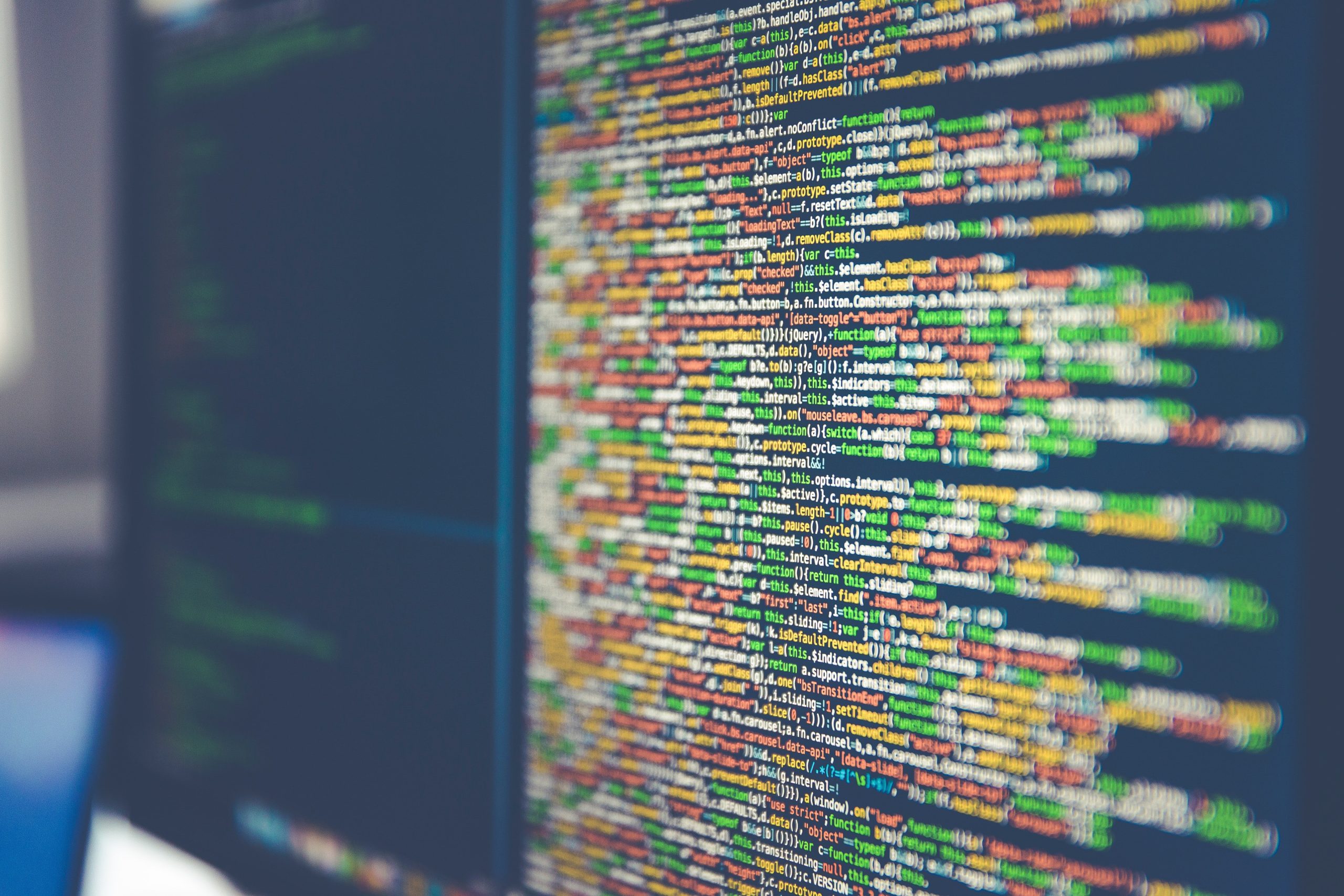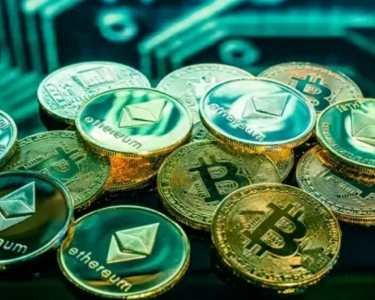Attention all finance enthusiasts! A raging battle has erupted between the Federal Deposit Insurance Corporation (FDIC) and SVB Financial over $2 billion in funds during bankruptcy proceedings. What is at stake? Who will come out on top? Join us as we delve into the intricacies of this fascinating dispute and explore the possible outcomes that could shape the future of banking regulations. Get ready for a rollercoaster ride through legal complexities, financial jargon, and high-stakes negotiations – it’s time to crack open your favorite beverage and dive into the world of FDIC vs. SVB Financial!
What is FDIC?
The Federal Deposit Insurance Corporation (FDIC) is a government corporation that insures deposits in banks and savings associations in the United States. The FDIC was created by the Banking Act of 1933 during the Great Depression to restore public confidence in the banking system. The FDIC does not insure investments, such as stocks, bonds, or mutual funds.
The FDIC is funded by premiums that it charges member banks and by earnings on its investment portfolio. As of December 31, 2019, the FDIC had $107.3 billion in assets and $100.2 billion in deposits. The FDIC insures deposits up to $250,000 per depositor per bank.
What is SVB Financial?
SVB Financial is a bank holding company that operates through its subsidiaries, including Silicon Valley Bank (SVB), the commercial bank for technology and life science companies. SVB offers a suite of banking products and services to its clients, including lending, deposit taking, treasury management, foreign exchange, and merchant services.
In September 2008, SVB Financial entered into a purchase and assumption agreement with the Federal Deposit Insurance Corporation (FDIC) to assume all of the deposits of IndyMac Bank, FSB. IndyMac Bank was closed by the FDIC on July 11, 2008.
On December 31, 2008, SVB Financial completed its acquisition of H&Q Healthcare Investors from Lehman Brothers Holdings Inc. in bankruptcy proceedings. The acquisition added $3 billion of assets to SVB’s balance sheet.
In May 2009, SVB Financial announced that it had entered into an agreement to sell $2.1 billion of non-performing assets to Goldman Sachs Group, Inc. The sale was completed in June 2009.
What is the dispute between FDIC and SVB Financial?
The Federal Deposit Insurance Corporation (FDIC) and SVB Financial Group are locked in a dispute over the fate of more than $1 billion during bankruptcy proceedings. The FDIC is seeking to recoup $1.2 billion from SVB Financial Group, claiming that the company made false and misleading statements about the health of its loan portfolio during the financial crisis. SVB Financial Group denies the allegations and has countersued the FDIC, seeking $4 billion in damages.
What is the fate of $2bn during bankruptcy proceedings?
As the economic fallout from the coronavirus pandemic continues, more businesses are filing for bankruptcy. This has led to disputes over the fate of billions of dollars in assets.
One such dispute is between the Federal Deposit Insurance Corporation (FDIC) and SVB Financial Group. The FDIC is arguing that $2bn of SVB’s assets should be used to cover losses at its subsidiary, Silvergate Bank. However, SVB is resisting this request, saying that the money should be used to support its other operations.
The outcome of this dispute could have a significant impact on Silvergate’s ability to weather the current financial crisis. If the FDIC prevails, Silvergate may be forced to make cuts to its operations or even close its doors. However, if SVB is successful in keeping the money, it will be in a better position to weather the storm and emerge from this crisis stronger than ever.
How will this affect consumers?
The FDIC and SVB Financial are locked in a dispute over the fate of $1 billion during bankruptcy proceedings. This will affect consumers in a number of ways.
First, it is unclear what will happen to the $1 billion. The FDIC has said that it should be returned to consumers, while SVB Financial argues that it should be used to pay creditors. This uncertainty could create anxiety for consumers who have deposits with SVB Financial.
Second, the dispute could delay the payment of creditors. If the two parties cannot reach an agreement, it is possible that the bankruptcy court will have to resolve the issue, which could take months or even years. This could cause hardship for consumers who are owed money by SVB Financial.
Finally, the dispute could lead to higher interest rates on deposits at SVB Financial. If the FDIC is successful in its claim, it is likely that SVB Financial will raise deposit rates in order to recoup the $1 billion. This would be an unwelcome development for consumers, especially in light of recent increases in interest rates.




